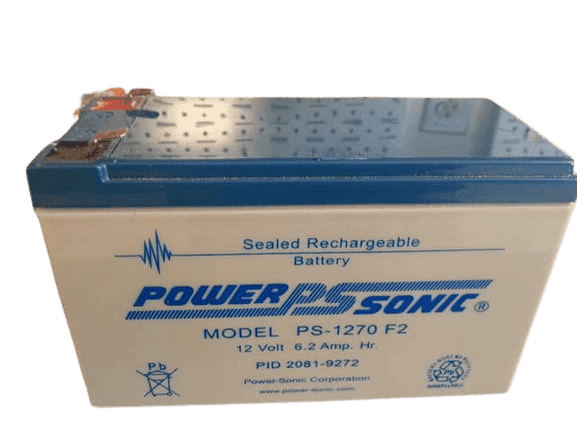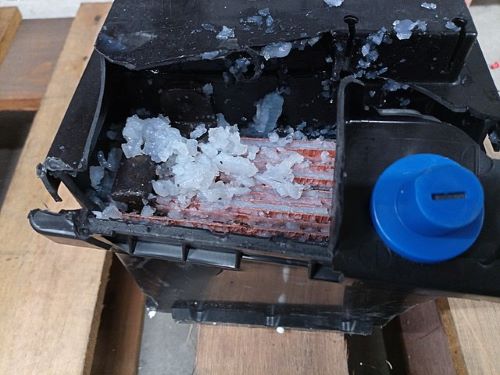Table of Contents
Are Gel Batteries Better For Solar?
The modern gel battery was invented in 1957. Gel batteries are one of two sealed lead acid batteries, the other being an AGM battery. Sealed lead acid batteries are distinct from other lead acid batteries in that they are maintenance-free.

What’s in a gel battery?
A gel battery is a dry battery since it doesn’t use a liquid electrolyte. In a gel battery, the electrolyte is frozen with silica gel. This keeps the electrolyte inside the battery, preventing it from evaporating or spilling.
This design stabilizes the battery and gives it a low self-discharge. This is a handy feature for batteries that lie idle for long periods.

Are gel batteries better than flooded batteries?
A flooded lead acid battery is a wet battery since it uses a liquid electrolyte. Unlike a gel battery, a flooded lead acid battery needs maintenance by topping up the water in the battery every 1-3 months.
Gel batteries are the safer lead acid batteries because they release less hydrogen gas from their vent valves. This makes them safer to install where there is limited ventilation. Hydrogen release or gassing is a minor safety concern with flooded lead acid batteries.
Because of how they’re made, they can be oriented in any way. They can be stacked pancake-style which may improve cycle life. Flooded lead acid batteries are kept upright to avoid acid spills.
Gel batteries are, however, more expensive. Check out this guide if you’re curious about how flooded lead acid batteries work.
Are gel batteries better than AGM batteries?
Absorbent Glass Mat (AGM) batteries are the other sealed lead acid battery. How do gel batteries compare to AGM batteries?
For starters, gel batteries can be more expensive. They also need specific chargers to prevent overcharging. Not using these chargers reduces the batteries lifespan.
They’re also don’t work as well with appliances that need a higher current because they have a higher internal resistance.
On the other hand, gel batteries have a longer lifespan. This is because:
- They hold more acid because of their design.
- They have a better temperature tolerance. They have improved heat transfer to the outside. The gel moves heat, whereas the absorbent glass mat of the AGM acts as an insulator.
- They also maintain their performance over a longer period. AGM batteries gradually fade as they get older.
Check out my guide to AGM batteries for more on absorbent glass mat batteries.
When should you choose a gel battery?
Gel batteries are an alternative to flooded lead acid. They’re suited for a battery backup system or an off-grid home. If you don’t mind the extra expense, a gel battery is a better option if you’re looking into lead acid batteries. This is because you won’t have to worry about maintenance.
Pros and cons of gel batteries
To summarize, here are the advantages and disadvantages of a gel battery.
Advantages of a gel battery
- Maintenance-free.
- 6-year lifespan.
- Better performance until its end of life then performance drops off sharply.
- You can install it sideways since it’s spill-proof.
- Better heat tolerance.
Disadvantages of a gel battery
- You need to store it in a charged condition although this is less critical than as for a flooded lead acid battery.
- It requires some ventilation as it releases gas when pressure builds up.
- Sensitive to overcharging though this is less so than AGM batteries.
- AGM is cheaper and can handle higher loads.